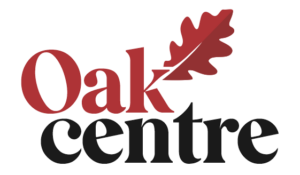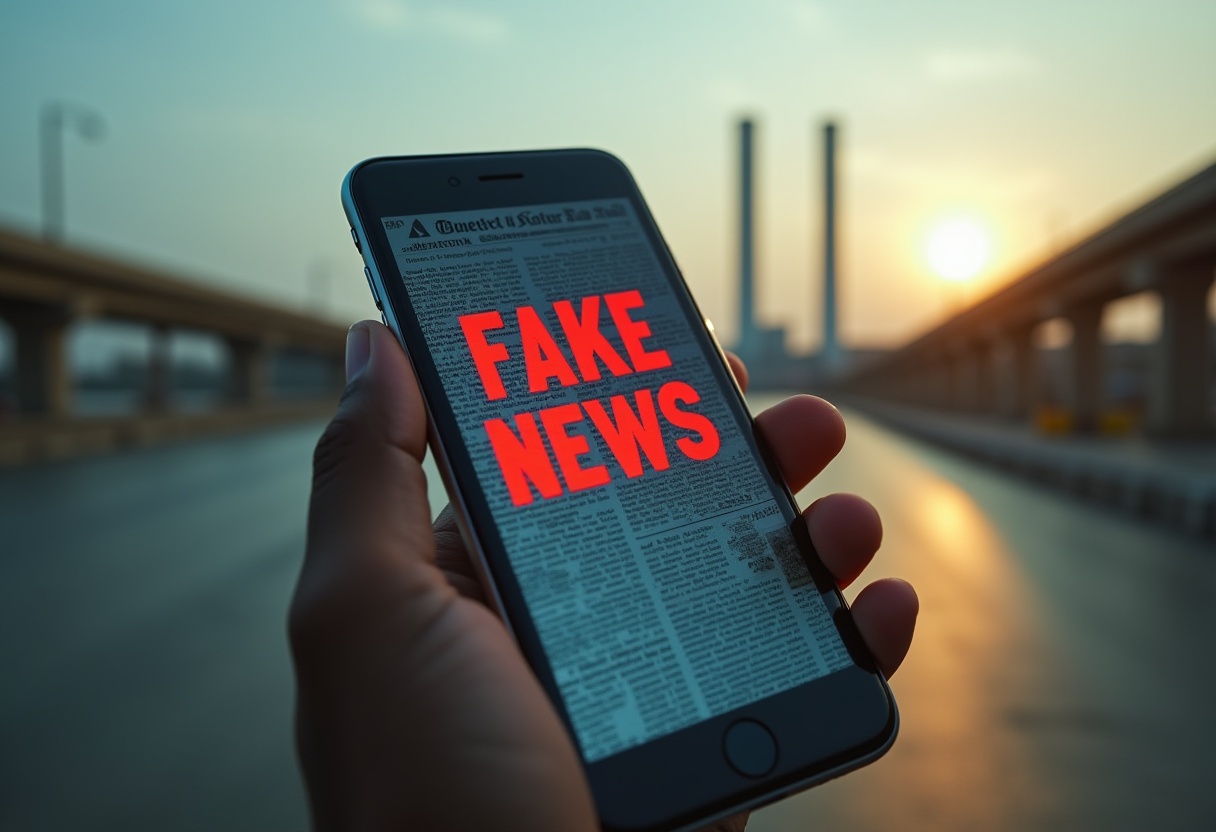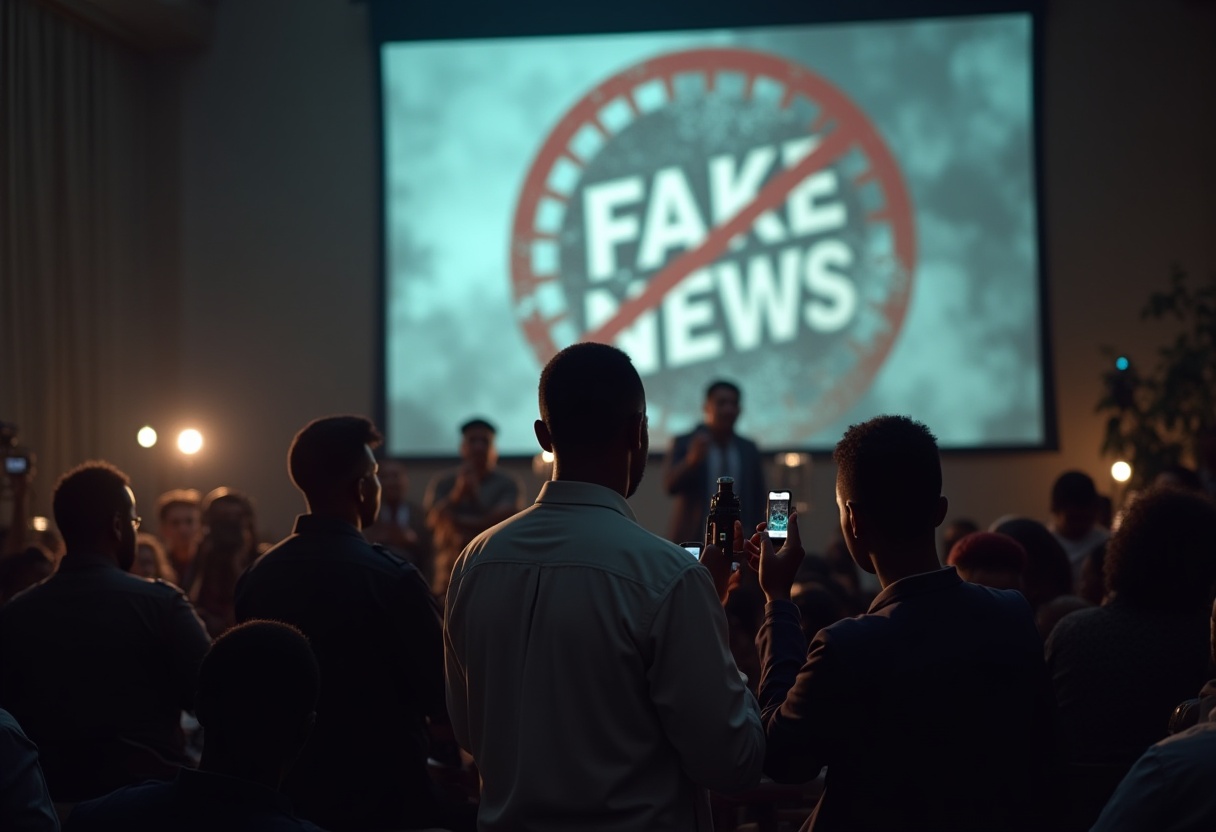Falsehood thrives where trust is taken for granted and verification is postponed. This week, the most widely shared fabrication was the claim that the Nigerian government is disbursing ₦500,000 to every National Identity Number holder before 1 August. The rumour, which spread rapidly across WhatsApp and Facebook, carried all the hallmarks of a classic digital scam: a high-value promise, an urgent deadline, and a link that demanded immediate clicks. Its appeal lay not in plausibility but in its ability to exploit hope and financial anxiety.
A closer look revealed the scheme for what it was. The link contained in the message was not connected to any government agency. There were no statements from the Federal Ministry of Finance, the National Identity Management Commission, or any other official body confirming such a cash transfer. The entire construct was a phishing operation aimed at harvesting personal information from unsuspecting citizens. This type of scam is particularly dangerous because it trades on the legitimacy of real institutions to create a false sense of security.
The lesson here is simple but urgent. Digital literacy is no longer an abstract skill for media professionals alone. Every citizen is a potential target, and every device is a potential entry point for fraud. Official information should be verified through credible channels such as waecnigeria.org, neco.gov.ng, nimc.gov.ng, or education.gov.ng. The rule of thumb is to never click on unsolicited links, especially those promising extraordinary rewards with minimal effort. Suspicious activity should be reported promptly to relevant authorities. The cost of inaction is not only personal loss but the erosion of collective trust in legitimate public institutions.
Media Ethics Watch
On 18 July 2025, the Daily Dispatch published the headline “Zamfara Villagers Flee as Military Bombs Civilian Homes in Error.” The wording was calculated to provoke outrage, yet the report itself provided no eyewitness testimony, no photographic evidence, and no comment from military officials. The Nigerian Air Force subsequently denied the claim and issued clarifications. Despite this, the original story was not corrected or updated. It was later removed from the publication’s platform without explanation.
Such omissions are not minor oversights; they strike at the heart of journalistic credibility. Conflict and security reporting demands heightened verification, multiple independent sources, and a cautious approach to language that avoids fuelling unnecessary panic. Sensational headlines unsupported by evidence can inflame tensions, distort public perception, and undermine confidence in the media. Correction and accountability are not optional add-ons to journalism; they are intrinsic to its integrity.
Ethics case file
On 4 July 2025, the Nigerian Guild of Editors suspended journalist Steve Osuji for one year. His offence was the publication of excerpts from an off-the-record keynote address delivered by the Director-General of the Department of State Service, Mr. Adeola Ajayi, during the Guild’s national convention in Enugu. The remarks had been explicitly designated as confidential, and members had collectively agreed that they would not be circulated. This agreement is anchored in Article 4 of the Revised Code of Ethics, which enshrines the protection of confidential information.
Off-the-record protocols exist to foster candour and trust in professional exchanges. Violating such protocols does more than damage an individual’s reputation. It weakens the professional norms that allow journalists to access sensitive insights, and it makes sources less willing to engage in open dialogue. The long-term consequence is a narrower flow of information to the public, which ultimately diminishes the role of the press as a guardian of democratic accountability.
Tool of the week
In an age when images can be fabricated and videos can be manipulated within minutes, verification is not a luxury but a necessity. The InVID browser plugin provides an accessible yet powerful means of assessing the authenticity of visual content. It allows users to extract keyframes from videos, examine metadata, and compare visual elements against existing sources. This makes it possible to identify inconsistencies, trace original uploads, and flag altered material.
Originally designed for newsrooms, InVID has found a growing audience among civil society organisations, educators, and digital literacy trainers. Its value extends beyond professional journalism; it equips ordinary users with the ability to question, investigate, and confirm before sharing. In a digital environment where the reflex to forward content often outpaces the impulse to think, tools like InVID help restore a culture of verification. They remind us that the health of the information ecosystem depends not only on institutions but on the everyday habits of its citizens.
Closing reflection
The cases examined this week, from cash-for-NIN scams to sensational but unsubstantiated headlines, from breaches of confidentiality to the unchecked spread of altered media, point to a single conclusion. Truth is a shared responsibility. It requires institutions to uphold high standards, journalists to practise disciplined verification, and citizens to exercise informed scepticism. In the absence of these safeguards, the space for truth narrows and the space for manipulation expands. A society that fails to defend its information commons will soon find that the cost of rebuilding trust is far greater than the effort required to protect it in the first place.





